
| Recorded by: Jim Petranka, Mark Basinger and Becky Elkin on 2025-08-02
Richmond Co.
Comment: | 
| Recorded by: Jeff Niznik, David George, Rob Van Epps, Kevin Metcalf on 2025-07-20
Richmond Co.
Comment: |

| Recorded by: Jeff Niznik, David George, Rob Van Epps, Kevin Metcalf on 2025-07-20
Richmond Co.
Comment: | 
| Recorded by: Allison Garton on 2025-07-01
Moore Co.
Comment: |
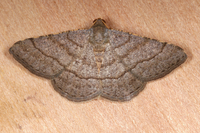
| Recorded by: Jim Petranka, Mark Basinger and Becky Elkin on 2025-06-29
Richmond Co.
Comment: | 
| Recorded by: Allison Garton on 2025-06-20
Moore Co.
Comment: |

| Recorded by: Jeff Niznik, David George, Larry Chen, Sarah Toner, Joye Zhou on 2025-06-20
Richmond Co.
Comment: | 
| Recorded by: David George, Jeff Niznik on 2025-05-24
Richmond Co.
Comment: |
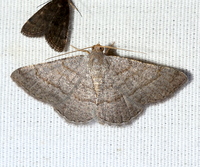
| Recorded by: David George, Jeff Niznik on 2025-05-24
Richmond Co.
Comment: | 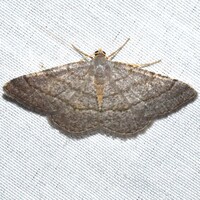
| Recorded by: David George, Jeff Niznik on 2025-05-24
Richmond Co.
Comment: |

| Recorded by: David George, Jeff Niznik on 2025-05-09
Cumberland Co.
Comment: | 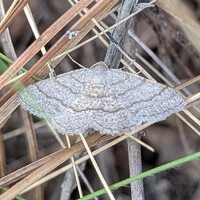
| Recorded by: Jeff Niznik, Steve Hall, David George on 2025-04-20
Richmond Co.
Comment: |
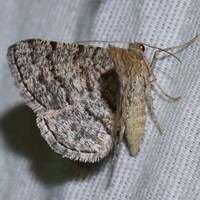
| Recorded by: David George, Jeff Niznik, Rich Teper on 2023-05-21
New Hanover Co.
Comment: | 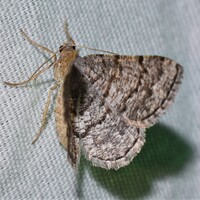
| Recorded by: David George, Jeff Niznik, Rich Teper on 2023-05-21
New Hanover Co.
Comment: |

| Recorded by: David George, L. M. Carlson, Brian Bockhahn on 2022-06-07
Moore Co.
Comment: | 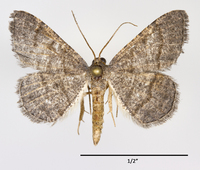
| Recorded by: Stephen Hall; Ed Corey on 2016-09-09
Orange Co.
Comment: |

| Recorded by: J.B. Sullivan on 2010-06-12
Montgomery Co.
Comment: | 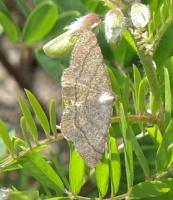
| Recorded by: Stephen Hall on 2009-05-12
Moore Co.
Comment: Resting on Tephrosia |
|

 »
»

 »
»